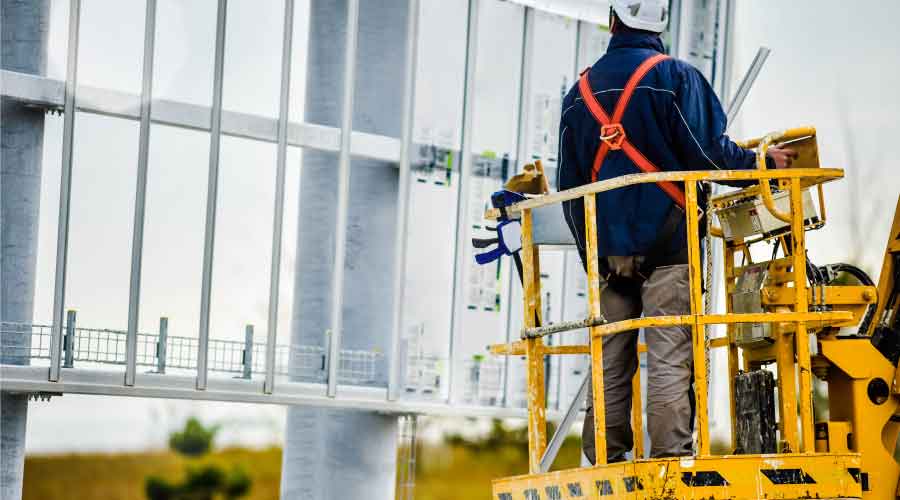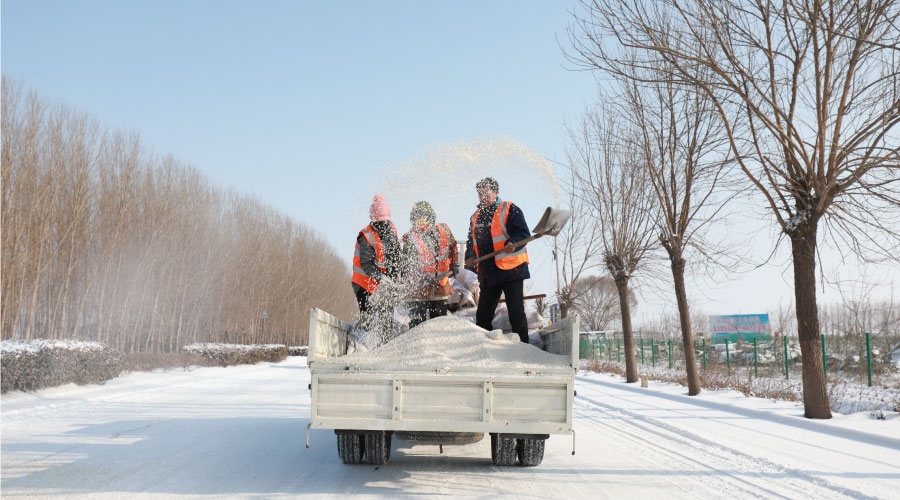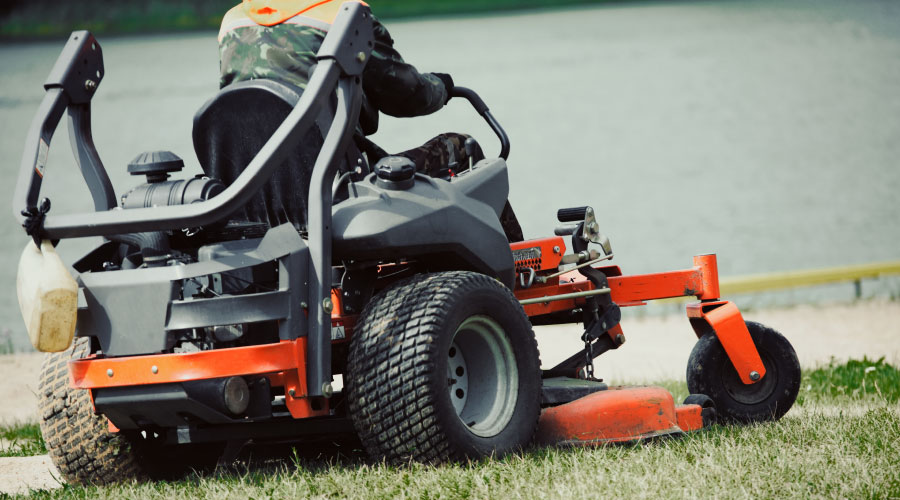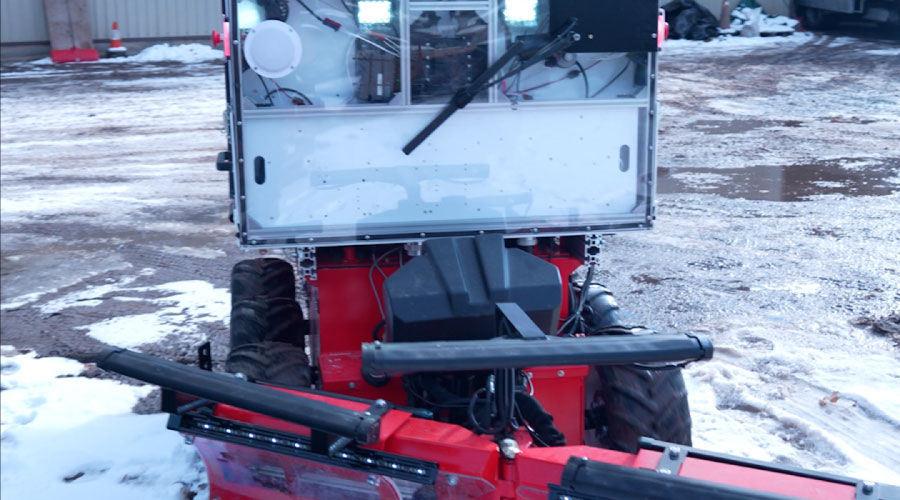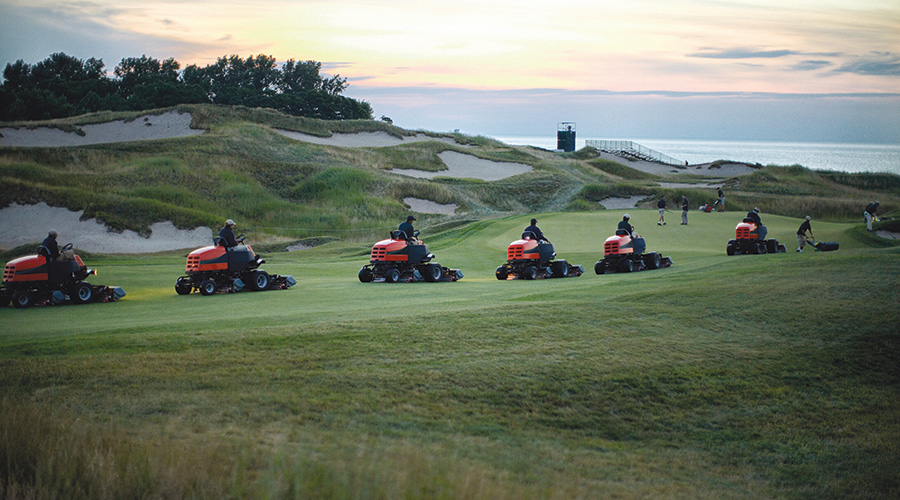How to Maximize Your Investment in MEWPs
Managers need to consider many factors when specifying MEWPs to meet facility inspection and maintenance needs
Mobile elevating work platforms (MEWPs), or aerial lifts, can prove an invaluable part of the arsenal for maintenance and engineering managers. But the machines can be costly, and tailoring models and options to a specific institutional or commercial facility can prove a challenge.
What managers need is thorough knowledge of the machines, the options available, the costs and a comprehensive plan when it comes to employee training and safety protocols.
MEWPs provide time savings for front-line technicians, allowing them to complete tasks faster — and more importantly, with greater safety — than using a ladder, says Austin Caskey, product line manager for Sunbelt Rentals. “They can also deliver greater reach for maintenance at heights.”
They can be used for preventive, predictive and reactive maintenance, including such tasks as replacing lights, repairing ductwork and tree trimming. They are also well suited for upkeep of large machinery, cleaning and safety inspections.
Complex decisions
While the services that MEWPs provide are basic, choosing and using the most appropriate lifts can prove complex.
Here are aspects managers need to understand:
Differences: MEWPs vary among manufacturers in terms of height, range, weight and dimension capacities, “but they are all held to the same safety standards based on what was in effect the year they were produced,” Caskey says. “New machines must meet the ANSI A92.20 New Machine Design standards for load sensing, tilt sensing and out-of-level operation, wind exposure and stability.”
Sizing: One of the biggest challenges for managers when purchasing or renting MEWPs is right-sizing them for the task to be performed. According to Jennifer Stiansen, director of marketing for JLG Industries, “Having too much machine — or too little machine — can present challenges.”
An oversized MEWP might not seem like a problem, Stiansen says, “but rather than allowing you to do what you need to do and then some, using an oversized lift may restrict your access unnecessarily.”
Conversely, an undersized MEWP might extend a timeline by taking longer to accomplish the tasks.
“Make sure you consider how many workers and what kinds of tools and materials you need to carry to height before selecting a machine,” Stiansen says. “An appropriately-sized machine will allow you to carry everything you need in fewer trips.”
Buying: The decision to purchase a MEWP, and specifically which model, “Isn’t just about the initial acquisition price,” says Christian Dube, associate product manager for Genie Manufacturing. “It’s important to understand the total cost of ownership to make sure you’re getting the best value out of your purchasing decision.”
Dube suggests managers consider several questions, including:
- How many serviceable and replaceable parts are there?
- How frequently will they need to be replaced, and what will that cost?
- How easy is it to access those parts, and how much time will you spend performing that service and maintenance?
- Will you do that work yourself, or pay someone else?
- How easy will it be to find service and support?
- How much will that downtime cost in the form of lost hours or revenue?
“These are all factors that help determine the true total cost of ownership,” Dube says. “Although you may spend a little more up front to purchase a quality piece of equipment, if that equipment lasts longer, requires less maintenance, and is easy to service with good support, it costs less in the long run.”
Managers should also consider whether any MEWP accessories could improve productivity and efficiency for specific applications.
Pricing: When looking at the cost of a MEWP, the up-front purchase price is not the only consideration.
“There can be a difference in quality between manufacturers that impacts things like product lifespan, residual value and the total cost of using and maintaining the equipment for the time you own it,” Dube says.
The price range for MEWPs depends largely on each. The cost is significantly lower for an 8-foot unit, for example, than for one measuring 185 feet. With the proper maintenance and safety measures, as well as scheduled inspections, MEWPs generally have a life span of 8-10 years.
The first step in determining a workable price range is to identify the type of lift is best suited for the tasks, including the height they need to reach, the weight to be lifted, and access to work sites – for instance, straight up and down or up and over obstacles, such as shelving. Managers also must consider any other special requirements that are unique to the facility when specifying machines.
Training: The most important thing for managers to understand when purchasing, renting or using a MEWP is that employees need to be properly trained by a qualified trainer using the most current training methods, says Scott Owyen, Genie’s director of training.
“A proper operator training course will be at least three to six hours in length,” Owyen says. “Anything less will not be adequate training and will not facilitate optimum safety performance.”
Supervisors also need to be trained and qualified when managing operators to ensure compliance with safety standards and provide the necessary support to safely perform the task.
Safety: “There are really two reasons aerial lifts are becoming increasingly more commonplace for facilities for a variety of low-level access applications,” says Ryan Crow, Genie’s senior product manager. One is efficiency, but the more important one is safety.
“Aerial lifts offer a safer alternative to ladders and scaffolding for work at height, with easy ground-level entry and exit and a secure working platform at height,” he says.
Justin Kissinger, marketing manager for Hy-Brid Lifts, also sees MEWPs as crucial for a facility in order to increase safety and productivity.
“Tasks typically done with ladders and scaffolding can easily be replaced with an aerial lift,” he says.
Ladders have long been the go-to tools for work-at-height jobs, Kissinger says, but relying on them increases the risk of serious injuries.
“They are inexpensive, compact and convenient, but that all comes at a cost, and a high one at that — safety,” he says. “There will always be a time and place for ladders, and when set up and used correctly they can be a great tool for getting high-reach work done. However, setup and usage are also where the problems with ladders arise, and not following proper guidelines can lead to injuries and costs.”
MEWPs improve safety by having the operator work within platform rails, and the units themselves must meet strict safety standards to keep from tipping or being overloaded. Managers should make sure their MEWPs are equipped with leak protection to prevent hydraulic oil from dripping onto the ground, which could create a slip hazard.
Howard Riell is a freelance writer based in Henderson, Nevada.
Related Topics:








